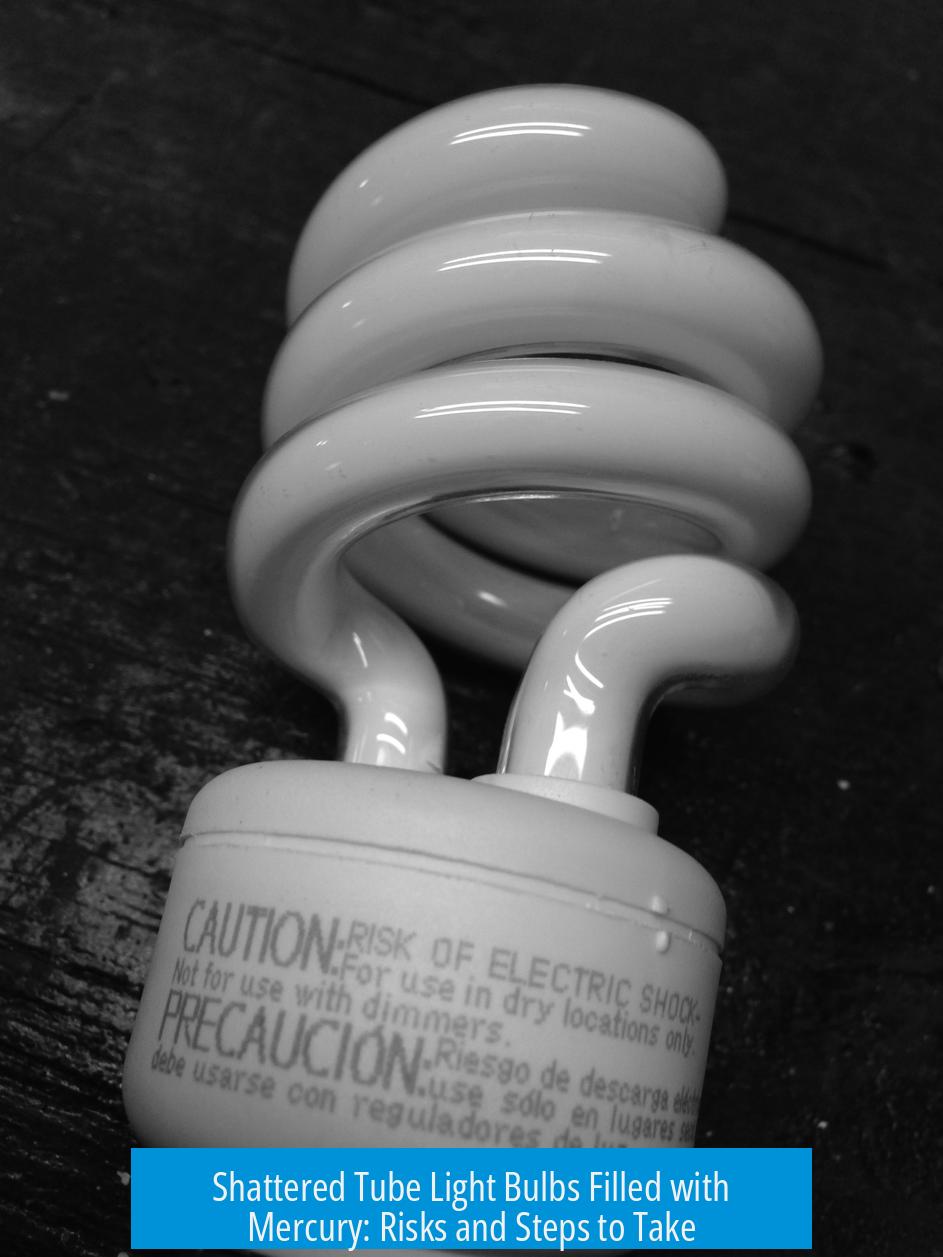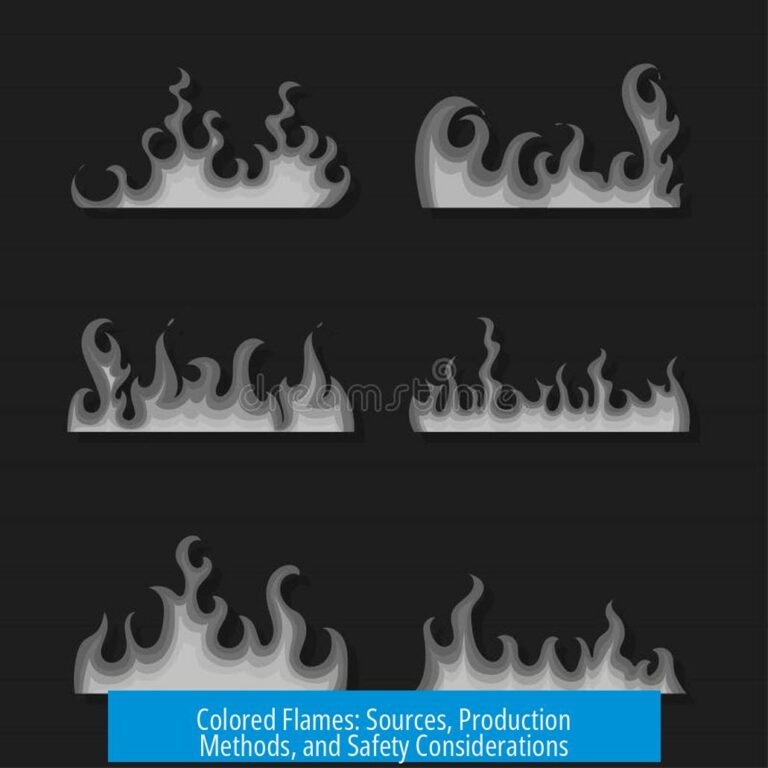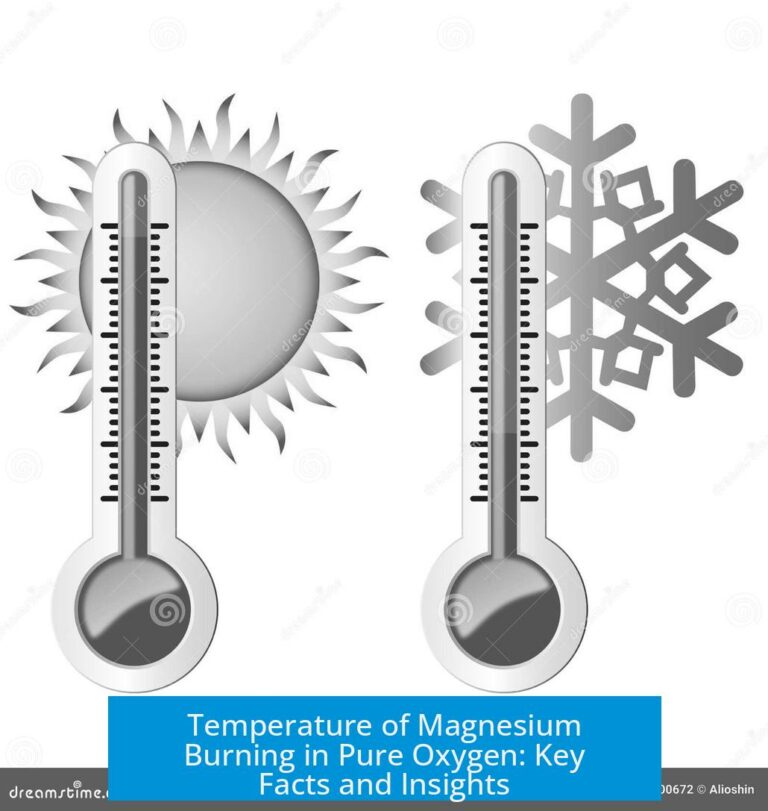Shattered Two Tube Light Bulbs Filled with Mercury: Risks and Recommended Actions
Breaking two tube light bulbs containing mercury poses minimal immediate health risk if handled properly. The mercury in these bulbs is present in very small amounts, mostly in liquid form at room temperature. With adequate ventilation and careful cleanup, health hazards remain low. Disposal following proper guidelines prevents environmental harm.
Mercury Content and Physical State
Two-tube fluorescent bulbs contain only a tiny quantity of mercury—far less than what might cause acute poisoning from brief exposure. Typically, each bulb holds about 4 milligrams of mercury, liquid at room temperature due to the lamp’s low vacuum environment filled with argon gas. Mercury vaporizes significantly only when the bulb is on and energized.
| Comparison | Mercury Amount |
|---|---|
| One CFL bulb | ~4 mg mercury |
| 5-ounce can of light tuna | 18 μg mercury |
This comparison shows that a single broken bulb’s mercury content is similar to or slightly above dietary mercury exposure with fish consumption, implying low acute toxicity from short-term exposure.
Health Risks from Exposure
Exposure from breaking a small number of bulbs indoors is unlikely to cause illness. Mercury vapor concentrations from one or two broken bulbs rarely reach levels known to impact health. Since bulbs are cold when broken, mercury vapor is minimal.
Absorption of metallic mercury vapors through inhalation is limited without prolonged, repeated exposure such as seen in industrial settings. Chronic exposure to broken bulbs grinding is hazardous, but incidental domestic exposure poses minimal risk.
Cases of mercury poisoning linked to chronic occupational exposure exist but are rare and typically involve extensive contact with broken bulbs over years. Metallic mercury is less toxic compared to organomercury compounds. Thus, breaking a couple of bulbs indoors does not result in significant mercury poisoning risk.
Immediate Actions After Breaking Bulbs
- Ventilate the Area: Open windows and turn on ventilation fans for at least 30 minutes.
- Careful Cleanup: Use stiff cardboard or paper to scoop up glass and visible mercury beads. Avoid touching mercury with bare hands.
- Proper Disposal: Place debris in a sealed container or plastic bag immediately.
- Do Not Vacuum: Vacuuming can spread mercury vapor and is discouraged in mercury spill cleanup.
- Wash Hands Thoroughly: After cleanup, wash hands with soap and water to remove potential contamination.
- Avoid Direct Contact and Ingestion: Do not lick floors, touch mercury with bare skin, or store contaminated items in common waste bins without sealing.
After cleanup, maintain ventilation and avoid leaving mercury-containing debris in open trash. This prevents further vapor release into indoor air.
Long-Term Handling and Disposal
Proper disposal is critical to prevent environmental contamination. Many local waste facilities accept mercury-containing bulbs for recycling. The U.S. Environmental Protection Agency (EPA) provides resources on safe disposal:
Disposal of multiple broken bulbs should be coordinated through certified recyclers to minimize mercury release into soil and water. Recycling costs are high, but improper disposal contributes to heavy metal pollution. Avoid repeated disposal of mercury-containing debris in household trash.
Additional Cleanup Measures
Mercury spill kits can aid cleanup by using zinc powder or pills that amalgamate mercury, making it less volatile and easier to dispose of safely. Reporting spilled mercury to local environmental or health authorities may be required depending on jurisdiction, though such reporting often is not enforced rigorously for small quantities.
Summary of Key Points
- Broken two tube light bulbs contain very small amounts of mercury, mostly liquid form at room temperature.
- Immediate health risks from breaking a few bulbs indoors are minimal with proper ventilation and cleanup.
- Avoid vacuuming spills; sweep carefully and dispose of debris in sealed containers.
- Keep the area ventilated for at least 30 minutes post-breakage.
- Use certified recycling facilities to dispose of mercury-containing bulbs and debris.
- Consider mercury spill kits with zinc powder for better cleanup, especially if larger spills occur.
- Wash hands after cleanup to avoid contamination.
What is the actual mercury risk from breaking two tube light bulbs?
The mercury amount in these bulbs is very small. Most mercury is liquid at room temperature, not vapor. Immediate health risks from breaking one or two bulbs are minimal.
How should I clean up after the bulbs break?
- Ventilate the room for at least 30 minutes.
- Carefully sweep up glass and mercury drops.
- Avoid vacuuming or spreading debris around.
- Dispose of debris properly and avoid leaving it in open trash.
Is inhaling mercury vapor from broken bulbs dangerous?
Inhaling vapor from a few cold broken bulbs is unlikely to cause harm. Mercury vapor increases when a bulb is on. Chronic exposure in workplaces is a bigger risk than brief home incidents.
How should I dispose of broken mercury-containing bulbs?
Use local or federal recycling programs for proper disposal. Some businesses accept them. Avoid throwing bulbs in regular trash to prevent environmental contamination.
Are mercury spill kits useful for cleaning up broken bulbs?
Yes, emergency mercury kits often contain zinc powder that binds mercury, making it safer to dispose. Using these kits helps reduce risk during cleanup.





Leave a Comment